
Collecting Abstract Art: A Profoundly Personal Emotional Journey
Unlock the profound, personal journey of collecting abstract art. Discover how these pieces become mirrors to your soul, sparking unique emotions and transforming your space into a sanctuary of self-discovery.
The Emotional Connection: Why Collecting Abstract Art is a Personal Journey
What if the most profound art experience isn't about what you see, but a secret language spoken directly to your soul, a feeling that bypasses words entirely? Okay, let's get real for a moment. When people talk about collecting art, especially abstract art, it often sounds very grand, very serious, and frankly, a bit intimidating. Like you need a degree in art history or a trust fund just to understand it, let alone own it – and trust me, my art history degree mostly involved staring intently at coffee stains. But what if I told you it's actually one of the most wonderfully, gloriously personal journeys you can embark on? Forget the lofty jargon for a bit; this is about feeling, about intuition, and about finding pieces that whisper directly to your soul. Or, if you're like me, sometimes scream a silent, vibrant "YES!"
I remember my own first true "aha!" moment with abstract art. It wasn't in a pristine gallery, but staring at a faded print in a dusty old book. It was a chaotic swirl of colors, and for some reason, it just felt like coming home after a long, disorienting journey. No recognizable objects, no clear narrative, just pure, unadulterated emotion. That's when I realized this wasn't about understanding a canvas, but understanding myself. Just as you might curate a personal playlist of songs that resonate with your every mood, collecting abstract art is about building a visual symphony that reflects your inner world. As an artist who has spent years exploring the boundless possibilities of color and form, I can tell you there's a unique magic in this kind of connection.
Abstract art, at its heart, is about expressing ideas and emotions through the fundamental elements of art – color, shape, line, and texture – rather than depicting recognizable objects or scenes. As someone who finds immense joy in the glorious mess of sloshing paint around and seeing what emerges, I can tell you, the connection to abstract art is less about what you see in the traditional sense, and more about what you feel. It's like listening to a piece of instrumental music; you don't need lyrics to understand its mood, its energy, its story. You just feel it, right? Abstract art is a visual symphony for your emotions, an emotional landscape that invites you in.
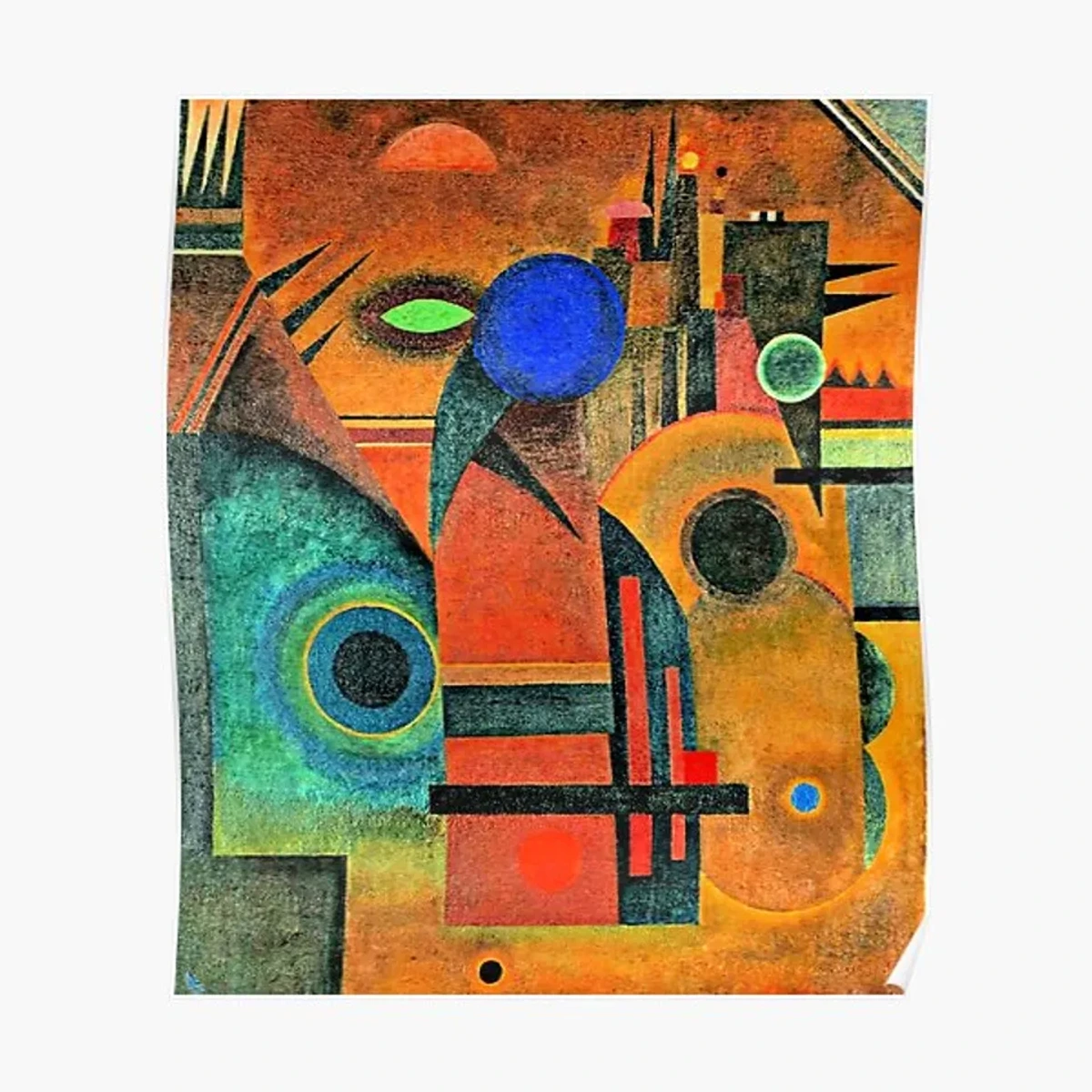
More Than Just Pretty Pictures: The Unseen Dialogue
We've all been there: staring at a painting, perhaps at a museum, and someone says, "What's it supposed to be?" And you just… shrug. Or worse, you nod sagely and pretend you know. With abstract art, that question is often beside the point. It’s not about what it is, but how it makes you feel. Don't mistake the lack of literal representation for a lack of skill or intention.
Abstract art, at its best, demands immense mastery of its elements and a profound conceptual underpinning. It requires a deep understanding of color theory, compositional balance, and emotional intelligence, transforming seemingly spontaneous marks into impactful statements.
Think about it. Our lives are rarely neat, literal narratives. They're a swirling, complex mess of emotions, thoughts, colors, and fragments. Abstract art mirrors that beautiful chaos. It emerged, in part, from artists' desire to move beyond mere depiction, to explore inner realities, spiritual truths, or the non-visible world – a radical push against tradition. This radical push wasn't just aesthetic; it was often driven by a desire to convey profound inner realities, spiritual truths, or a reaction to the rise of photography, which freed art from mere representation.
This radical push gave rise to pioneering visions from artists like Wassily Kandinsky and Piet Mondrian, who paved the way for movements like Abstract Expressionism, Color Field Painting, and Minimalism. These movements, alongside early influences from Cubism and later developments like Suprematism and Lyrical Abstraction, each explored inner truths through fundamental elements. From the vibrant canvases of today to the rich history of abstract art, it has always been about pushing boundaries and exploring the unseen.

https://www.flickr.com/photos/abstract-art-fons/30634352376
It speaks in a language beyond words, beyond literal representation. It's not a window to a landscape; it's a mirror to your internal landscape. This is where the real magic happens. This raw, unfiltered emotional resonance is precisely what makes abstract art so compelling – a topic I often delve into further. Yes, abstract art is absolutely "real" art; it simply expresses reality in a non-literal way, requiring immense skill and vision to master its elements.
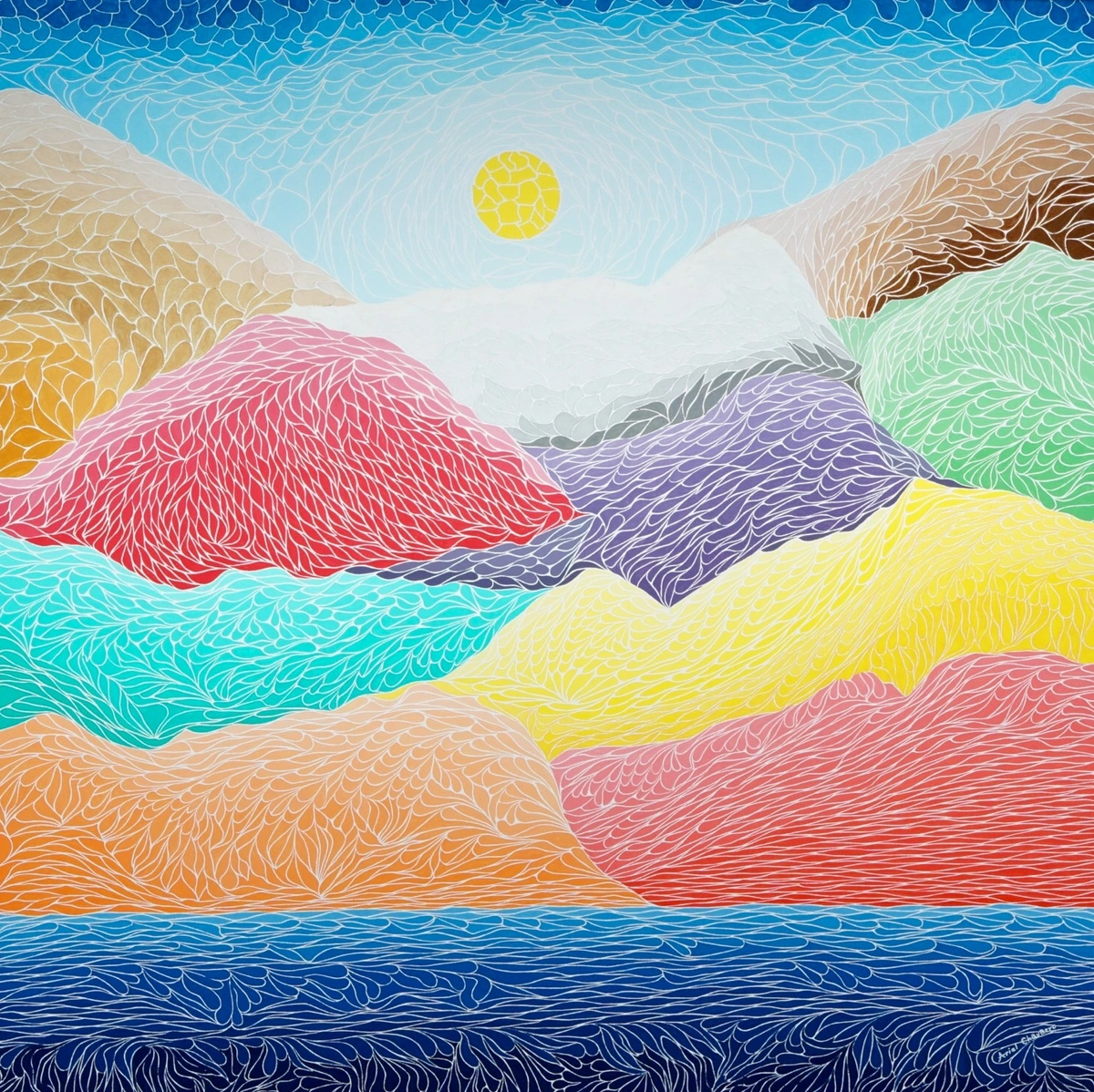
https://commons.wikimedia.org/wiki/File:The_Creation_Of_The_Mountains.jpg
The Personal Mirror: Why an Abstract Piece Calls to You (and not your neighbor)
You might walk into a gallery (or, let's be honest, scroll endlessly online in your pajamas, which is probably where most of us do our 'gallery hopping' these days) and one piece just jumps out at you. It might be the colors, the composition, a particular texture. It doesn't have a clear subject, but it stirs something inside. Why that piece? Why not the one next to it?
This is the deeply personal part. That piece is reflecting something back at you. It could be:
- A feeling you're experiencing
- A cherished memory
- An aspiration for who you want to be
- A current life challenge you're grappling with
- An unarticulated question about your place in the world
I remember seeing a bold abstract piece once, a riot of blues and yellows with a hint of red, that instantly reminded me of a stormy day by the ocean, a powerful feeling I hadn't realized I was carrying. It just clicked, connecting with a part of me I hadn't acknowledged. It's a conversation without words, a shared secret between you and the canvas. I've often felt this when I'm creating my abstract art – sometimes the brush just moves, and the emotion guides the hand, creating something that resonates later. For me, it's often about letting the subconscious take the lead, allowing colors and forms to emerge from an intuitive space rather than a preconceived plan, much like how a dream unfolds.
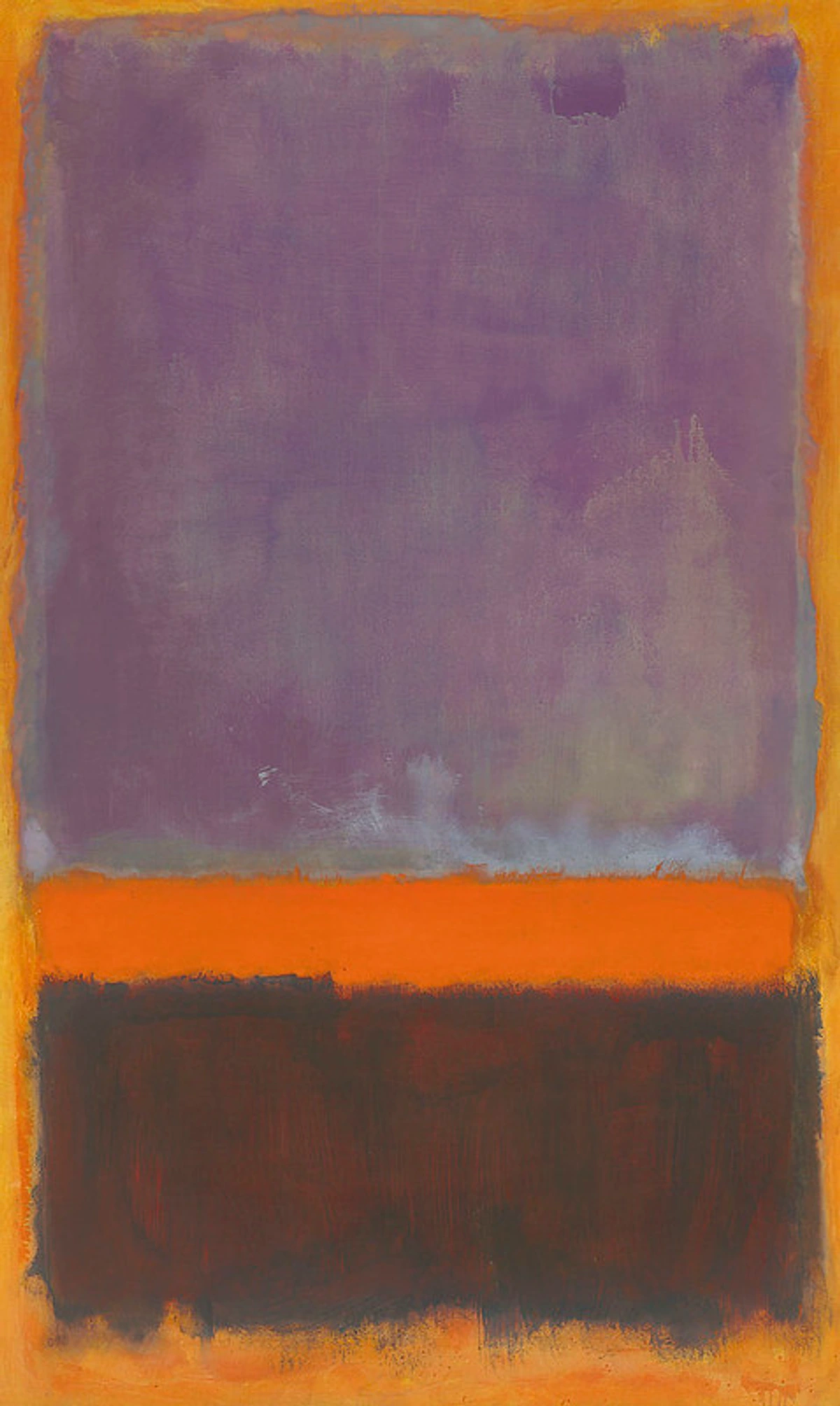
https://www.flickr.com/photos/sqorda/27744325407
Just as there are many genres of instrumental music, there are countless styles of abstract art – from the explosive energy of action painting to the serene geometry of minimalism. Consider the contrast between a serene minimalist piece, with its clean lines and limited palette, inviting quiet contemplation, and the explosive energy of an action painting, a raw burst of emotion that vibrates with dynamic chaos. Each speaks a different dialect of emotion, offering a unique entry point for your personal connection. Even styles vastly different from my own energetic, colorful approach, like the muted fields of a Rothko, still resonate deeply by offering a pure emotional experience through color. Ready to find your own visual symphony? Start exploring pieces that speak to you. You can explore more about the various types of artwork.
Curating Your Inner World: Bringing Abstract Art Home
So, you've found a piece that speaks to you. Now what? Bringing abstract art into your home is more than just filling an empty space; it's about curating an environment that fosters emotion, reflection, and inspiration. It’s about letting the art enhance your daily life, creating a personal sanctuary. In my own studio, a large, energetic red abstract piece acts like a daily jolt of inspiration, especially on slow mornings. It often reminds me to embrace spontaneity in my own creative process, encouraging bolder strokes or unexpected color combinations on my canvas, constantly shifting the energy.
Also, consider the scale of the piece relative to your room and how natural or artificial light might transform its presence throughout the day – a piece can feel completely different at dawn versus under evening lamplight. At home, I have a calming blue and green abstract in my bedroom that settles my mind before sleep, a quiet counterpoint to the energetic bursts of my studio work. It’s not just a decoration; it’s a daily presence that helps shape the atmosphere of the room. An abstract piece can be a focal point, a burst of energy, or a calming presence.
It shifts the mood, ignites conversation, and constantly offers new perspectives, depending on your light, your mood, or even the angle you view it from. It truly integrates into your personal journey, evolving with you. It’s also a fantastic way to subtly express your own personality and initiate unexpected conversations with guests, offering a window into your unique inner world without words. The feeling of immersion offered by large-scale installations like Yayoi Kusama’s "Dots Obsession" can profoundly deepen your appreciation for how even a smaller, personal piece can transform your home environment, creating a similar sense of emotional space and contemplation. Consider curating your space: how abstract art elevates modern interiors.
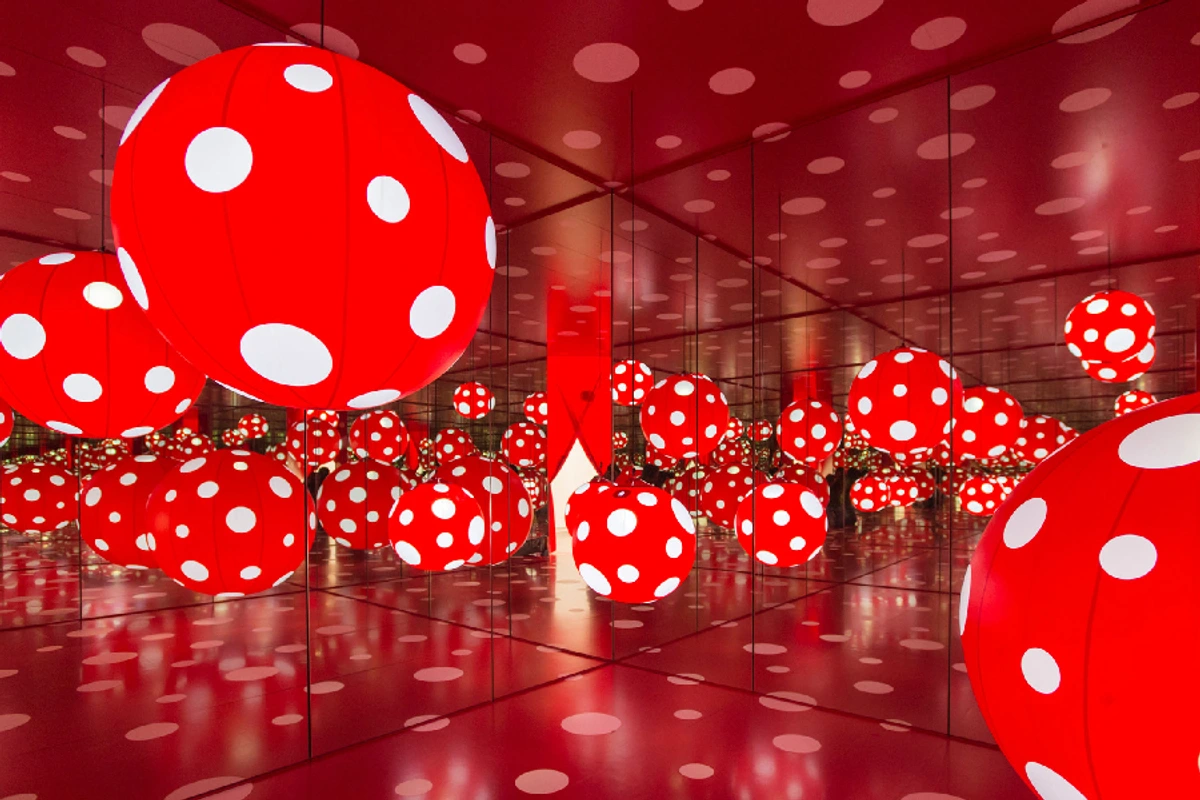
https://creativecommons.org/licenses/by-sa/4.0
Ready to start your collection? Here are a few practical tips I've learned along the way:
- Start Small: You don't need a grand masterpiece to begin. A print, a small original, or even a piece by an emerging artist can be a powerful starting point.
- Trust Your Gut: If a piece resonates, don't overanalyze it. Your emotional connection is the most valuable currency.
- Ask Questions (Even if they feel silly): Don't be afraid to engage with gallery owners or artists. Most are thrilled to share insights into their work or the art world in general.
- Consider Your Space: Think about where the art will live. Does it fit the scale, lighting, and existing decor, or is it meant to be a deliberate contrast?
Overcoming the "I Don't Get It" Hurdle
It's common for folks, with their admirably literal minds, to scratch their heads at abstract art because they're looking for something to "get." They want a narrative, a recognizable object, a clear message. But that's like trying to understand a dream by looking for a logical plot. Just as dreams speak in symbols, in feelings, in fragmented images rather than a logical plot, abstract art often works in a similar way.
I'll confess, there was a time I walked past certain abstract pieces, particularly minimalist ones, and thought, 'Is that it? What am I missing?' It felt like a riddle I couldn't solve, a stark white canvas daring me to find meaning in its emptiness. I even once tried to find a hidden dog in a Rothko, which, looking back, is hilarious. (Still kicking myself for not finding it, obviously.) But my own journey with art has been long and winding, full of experiments and epiphanies that taught me to look beyond the literal, as you can see from my timeline, and embrace the emotional. If you're still on the fence, I highly recommend reading up on tips for interpreting abstract art or even decoding abstraction: a beginner's guide to understanding non-representational art. These guides help shift your perspective from "what is it?" to "how does it make me feel?" It's a subtle but powerful change.
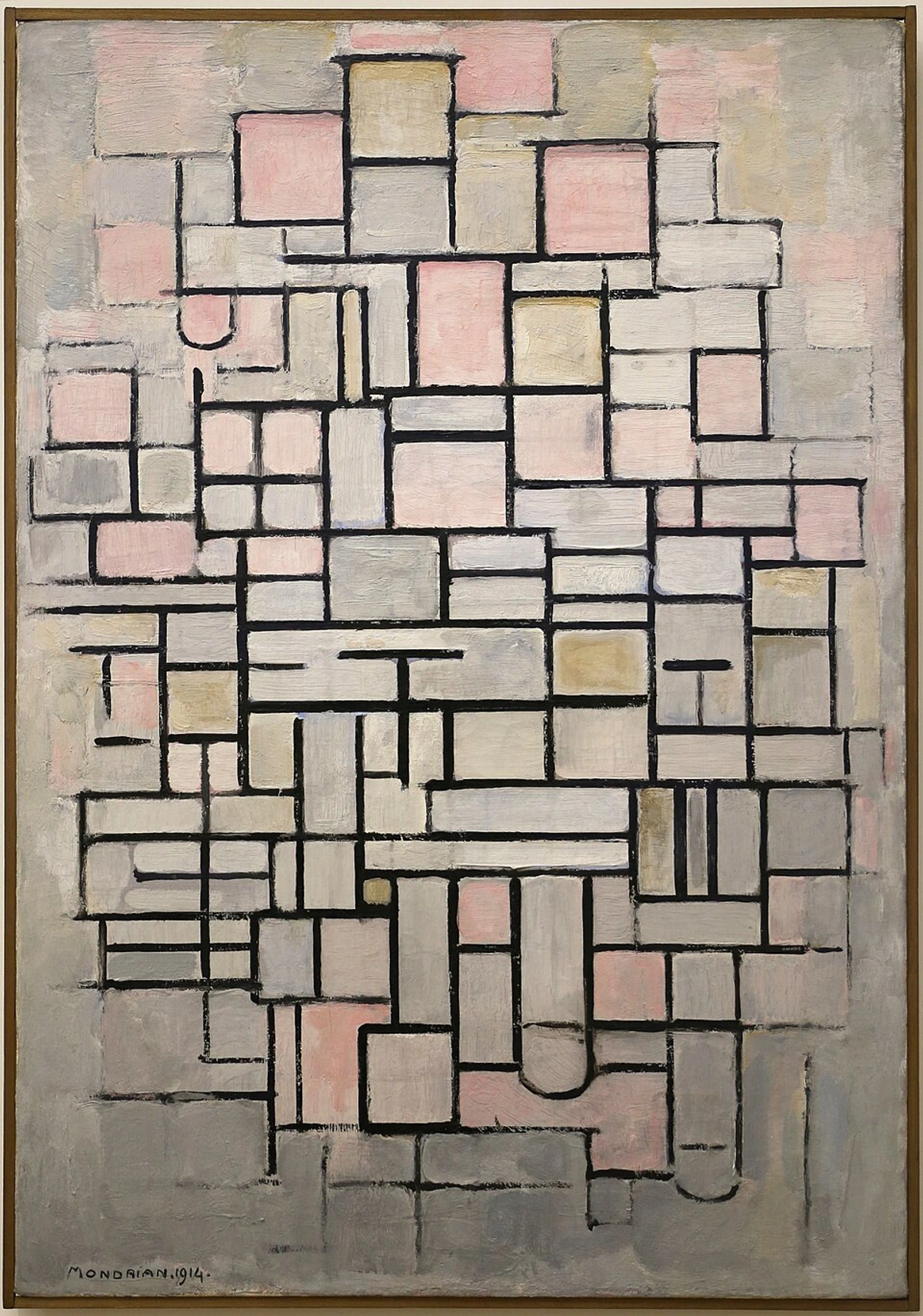
Quick Tips for Connecting with Abstract Art:
To help you on your way to finding your own visual symphony, here are a few quick tips I've picked up on my journey:
- Embrace Your Feelings: Don't try to intellectualize it. Let your initial emotional response guide you. Trust your gut; if a piece pulls you in, listen. Don't worry if it doesn't make 'sense' – just let the colors wash over you, like a favorite song.
- Focus on Elements: Pay attention to the colors, lines, shapes, and textures. How do they interact? How does the artist use art elements to create a mood?
- Consider the Artist's Intent: While not always obvious, knowing a bit about the artist's philosophy or creative process can offer another lens.
- Give it Time: Sometimes a piece grows on you. Live with it (even just mentally) for a while. Allow yourself to be surprised by its evolving impact. Like a good friendship, sometimes the deepest connections take time to develop.
- Visit Galleries & Museums: Experiencing abstract art in person allows you to appreciate its true scale, texture, and the nuances of color that are often lost in digital reproductions. It's like seeing a band live versus listening to a recording.
- Don't Feel Pressured: It’s okay if some pieces don't resonate with you. The beauty of abstract art lies in its personal connection; what speaks to one person might not speak to another, and that's perfectly fine. There are no right or wrong answers here, only personal truths.

https://live.staticflickr.com/65535/53064827119_1b7c27cd96_b.jpg
Frequently Asked Questions
Is abstract art "real" art?
Absolutely! It's as real as any other form of art, simply expressed differently. It requires skill, vision, and often a deep understanding of art elements like color, form, and composition. Beyond technical skill, it often involves profound conceptual depth, intellectual rigor, and an emotional vulnerability that is as challenging to achieve as it is rewarding to experience. The "realness" isn't about objective representation, but subjective experience and artistic intent. If it makes you feel something, it's real.
How do I choose abstract art for my home?
It’s all about connection! Don't overthink it. Choose a piece that genuinely evokes an emotion or resonates with you on an intuitive level. Also, think about the size and orientation (portrait or landscape) and how it will fit the wall space and overall balance of the room. Consider the colors and how they make you feel – you can learn more about the emotional language of color in abstract art. Does it complement your space, or is it meant to be a striking contrast? And remember, you don't need to break the bank to start your collection – you can learn more about how to buy art that fits your budget and style.
Does collecting abstract art have to be expensive?
Not at all! The beauty of the modern art world is its accessibility. You can find incredible abstract art at various price points, from limited edition prints to original paintings. The value is in the connection it sparks, not solely in its monetary price tag. It's an investment in your personal space and well-being. For tips on starting a collection on a budget, explore starting an art collection on a budget.
How do I care for my abstract art?
Proper care ensures your art lasts.
- Keep abstract art out of direct sunlight to prevent fading, especially with vibrant colors.
- Dust regularly with a soft, dry cloth.
- If framed under glass, use a gentle glass cleaner on the glass only, never directly on the artwork.
- For unglazed paintings, avoid touching the surface and be mindful of humidity levels.
- For framed pieces, consider UV-protective glass and archival matting to protect the artwork from light damage and acid degradation. Proper framing is an investment in the longevity of your piece.
- Always consult a professional restorer for significant damage or cleaning needs.
How do I discover new or emerging abstract artists?
Discovering new talent is part of the thrill! Online platforms, art fairs, local galleries, and artist-run spaces are excellent starting points. Follow art blogs, social media accounts dedicated to contemporary art, and look for open studio events in your area. Many artists, like myself, also share their work directly through their websites, offering a direct line to their latest creations. Don't be afraid to reach out to artists whose work you admire – a direct conversation can often deepen your appreciation.
The End of the Journey (or is it just the beginning?)
Collecting abstract art isn't a transactional experience; it's a deeply personal evolution. It's about opening yourself up to new ways of seeing, feeling, and understanding. It's about finding pieces that resonate with your unique story and bringing them into your daily life to spark joy, contemplation, or simply a moment of pure, unadulterated "wow." Perhaps your next "wow" moment, your next silent "YES!", is just a click away, waiting to be discovered. You can browse my own collection of colorful, contemporary abstract art prints and paintings for sale directly on this website, or visit my museum in 's-Hertogenbosch.
So, next time you encounter an abstract piece, don't ask "What is it?" Instead, lean in and ask, "How does it make me feel?" Let that feeling be your guide on this wonderfully personal art journey. Maybe you'll find a piece that feels like an old friend, or a new adventure. And if you do, that's priceless.




